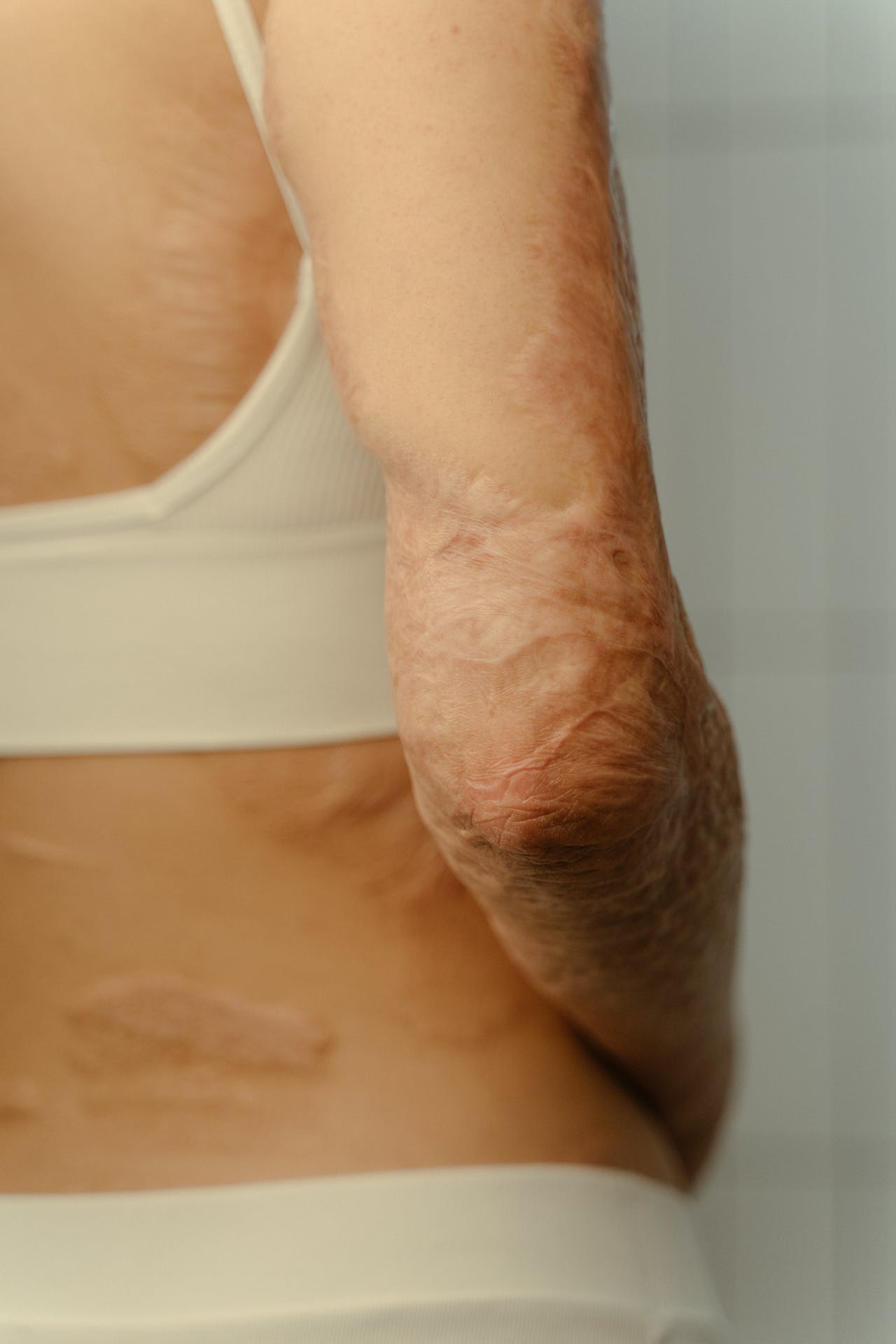Sustaining a burn injury can be one of the most traumatic and life-altering experiences a person may endure. Whether caused by a workplace accident, a home incident, or a vehicular crash, the consequences often extend beyond the physical pain. Burn injuries can also lead to long-term psychological distress and significant lifestyle changes. Understanding the full spectrum of recovery, from the immediate aftermath through to rehabilitation and beyond, is crucial for both the injured and their support network. In this comprehensive guide, we explore the multifaceted journey of recovery following a burn injury.
Understanding the Initial Impact
A sudden burn injury plunges individuals into a world of immediate medical needs and emotional upheaval. The physical impact of burns is often complex, requiring specialized care and an interdisciplinary approach to treatment. But the initial shock and trauma can be equally overwhelming, affecting not just the injured person but also their family and loved ones.
Immediate Medical Care
The first moments after a burn accident are critical. Quick and appropriate first aid can greatly improve the chances of a positive outcome. From extinguishing flames and cooling burns with water to stabilizing the injured and transferring them to a burn center, every action taken in this initial stage is vital.
Psychological First Aid
Beyond the physical care, the psychological impact must also be addressed promptly. Receiving support from mental health professionals early on can help mitigate the development of conditions such as PTSD, depression, and anxiety that often follow traumatic injuries.
The Road to Rehabilitation
The journey of recovery for a burn survivor is not one that can be mapped with surgical precision. It is an intensely personal odyssey and can be laden with obstacles. However, understanding the stages and components of rehabilitation can provide a sense of structure and validation for the arduous work ahead. Extensive wound care following a burn injury is critical to prevent infection and promote healing. Physical therapy comes into play as the wounds begin to close, focusing on maintaining and improving range of motion and strength in affected areas.
While physical health is a primary concern, occupational therapy is also essential, helping survivors regain the skills needed for daily living and workplace re-entry. Emotional rehabilitation addresses the psychological scar tissue, facilitating the adjustment to a changed self-image and life circumstances.
Navigating Legal and Financial Aspects
Serious burn injuries often lead to significant financial burdens, given the high costs of medical treatment and the potential long-term impact on a person’s ability to work. Navigating this complex landscape involves understanding the legal options available and seeking the guidance of experienced professionals. An attorney can be a lifeline, helping to secure compensation for medical bills, lost wages, and pain and suffering.
As advocates, these legal representatives can also ensure that the injured party’s rights are protected throughout the legal process, as this burn injury attorney in St Louis explains. In addition to legal recourse, burn survivors may be eligible for various types of financial support and benefits. These can include disability payments, vocational rehabilitation programs, and other resources aimed at easing the financial strain and supporting the path to recovery.
Social and Community Support
Recovery from a burn injury is not a solitary journey. Social and community support plays a pivotal role in the well-being of survivors, providing them with a network of individuals who understand and empathize with their experience.
Peer Support Groups
Participation in peer support groups can offer a unique form of understanding and solidarity. Connecting with others who have undergone similar trauma can provide emotional support and practical advice, enhancing the recovery process.
Engaging with Charities and Advocacy Organizations
Charities and advocacy organizations catered to burn survivors offer a wealth of resources, from financial assistance to educational materials. Becoming involved with such groups can also empower survivors to advocate for their needs and the needs of the burn community at large.
Embracing Life After a Burn
Ultimately, recovery from a burn injury is about much more than medical treatment and financial settlement. It’s about reclaiming life after a traumatic event and finding new meaning and joy in the aftermath of suffering. Survivors often find that their perspectives on life have irrevocably changed. Setting new priorities and achievable goals, both personal and professional, can provide a renewed sense of purpose and direction.
Coming to terms with a new normal can be a challenging yet liberating experience. It involves embracing change, rediscovering strengths, and reinventing one’s self-image free of the limitations imposed by the injury.
Tips for a Meaningful Recovery
To conclude, we offer a set of actionable tips and strategies to facilitate a meaningful and successful recovery from a burn injury. These practical insights can serve as a compass for survivors and their support networks as they navigate the challenging yet transformative road to healing.
Stay Informed and Proactive
Education and proactivity are key to a successful recovery. Understanding the injury, its treatments, and the available support can help survivors make informed decisions and take an active role in their rehabilitation.
Foster Resilience and Optimism
Building resilience and maintaining a positive outlook are essential coping mechanisms. Engaging in activities that bring joy and pursuing interests can help counter the psychological toll of the injury.
Cultivate a Supportive Network
A strong support system is invaluable. Cultivating relationships with family, friends, healthcare providers, and the community can provide the social scaffolding necessary for a robust recovery.
Practice Self-Care
Looking after one’s physical, mental, and emotional well-being is paramount. A regimen of self-care practices, such as regular exercise, relaxation techniques, and emotional expression, can contribute significantly to the recovery process.

In light of the comprehensive discussion on the many facets of navigating the challenging journey of burn injury recovery, it’s evident that healing transcends physical wounds. The path to recovery is a confluence of medical expertise, psychological fortitude, legal guidance, community support, and, most importantly, the indomitable spirit of the survivor. By staying informed, seeking help, building a support network, and nurturing resilience, burn survivors can surmount the adversity of their experiences. While the scars may remain, they stand as a testament to survival and the capacity to forge a fulfilling life post-injury. Let this guide serve not only as a resource but also as an affirmation of the strength and potential that lies within each journey of recovery.








